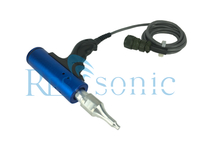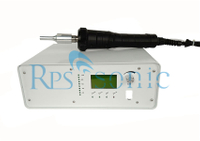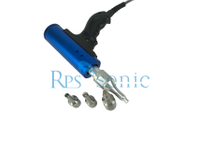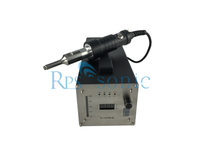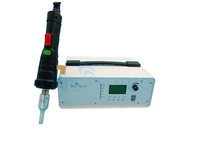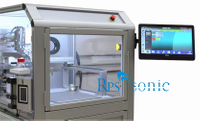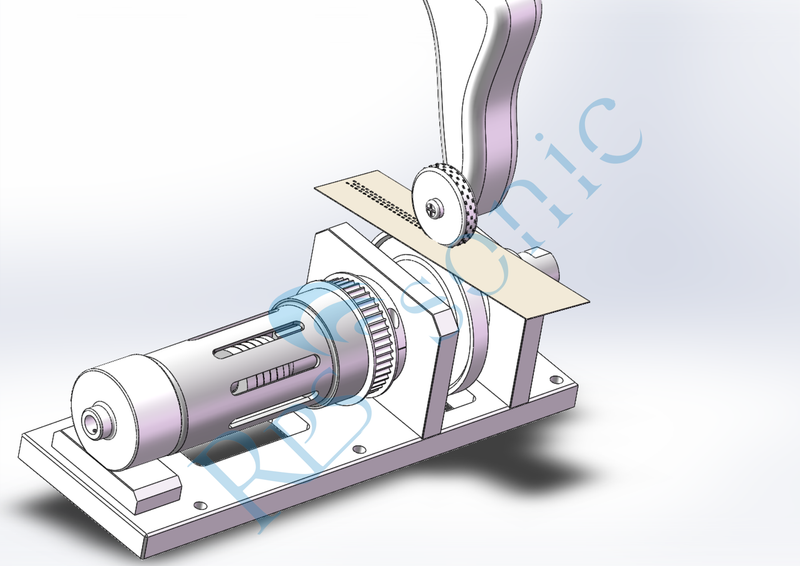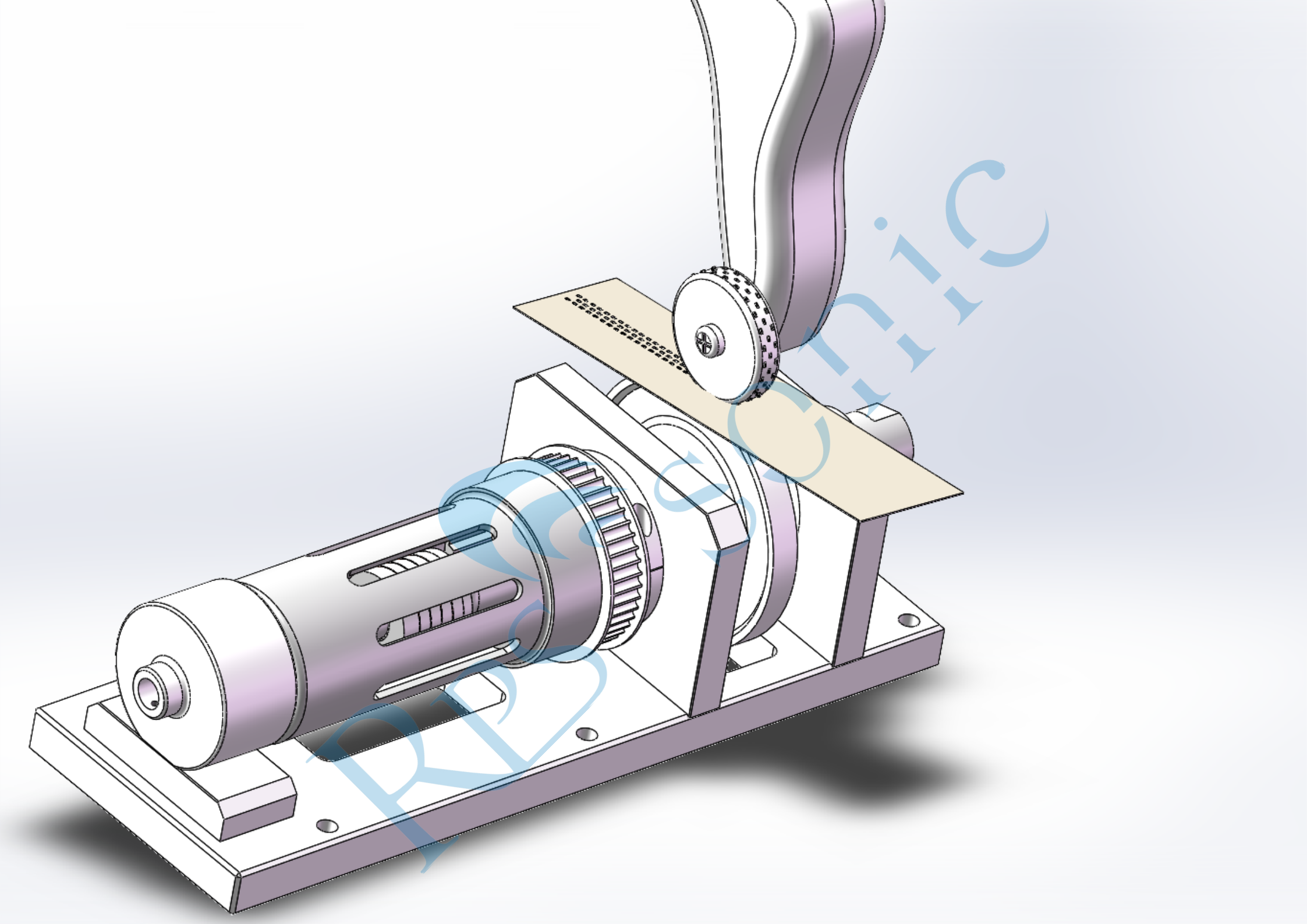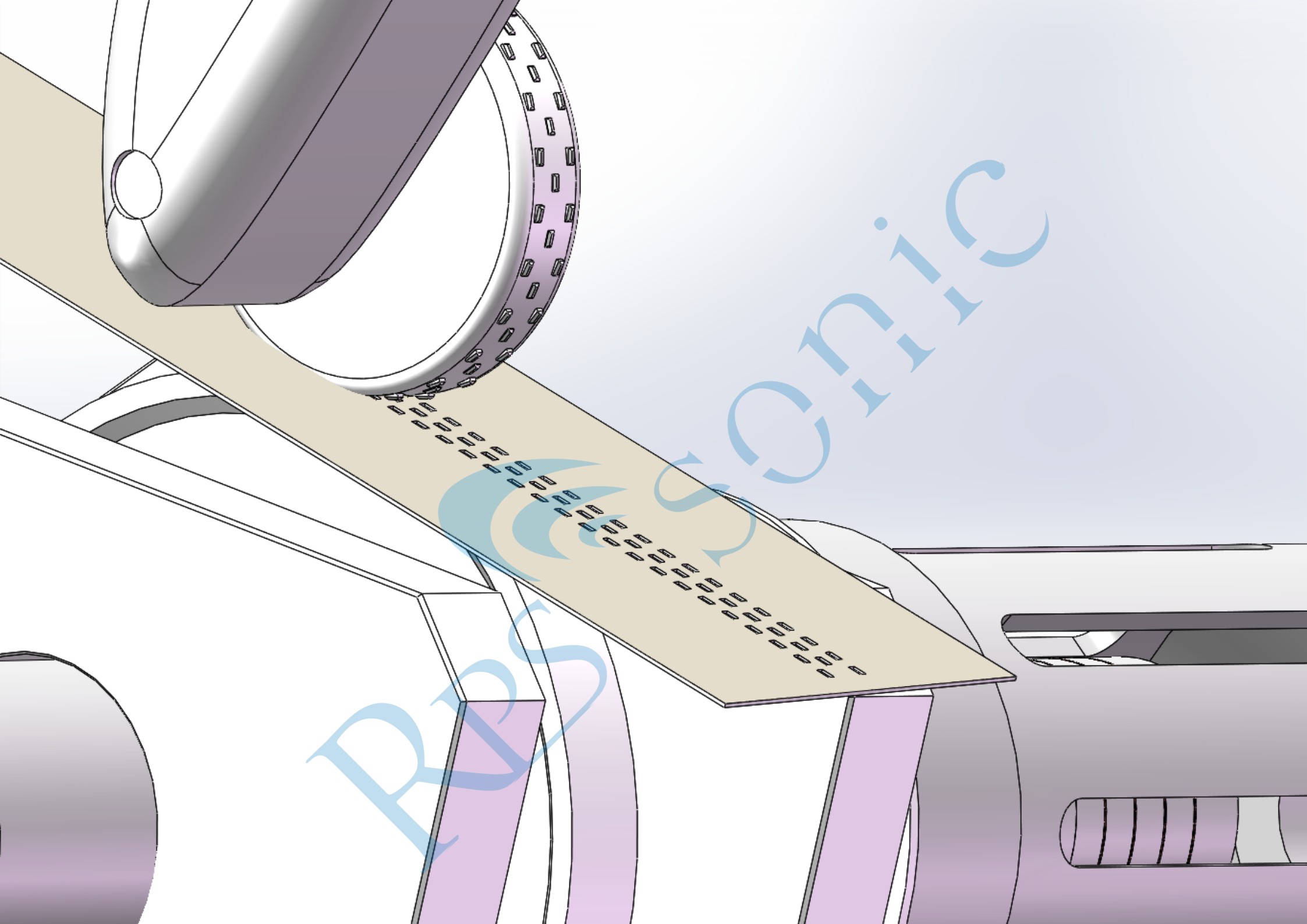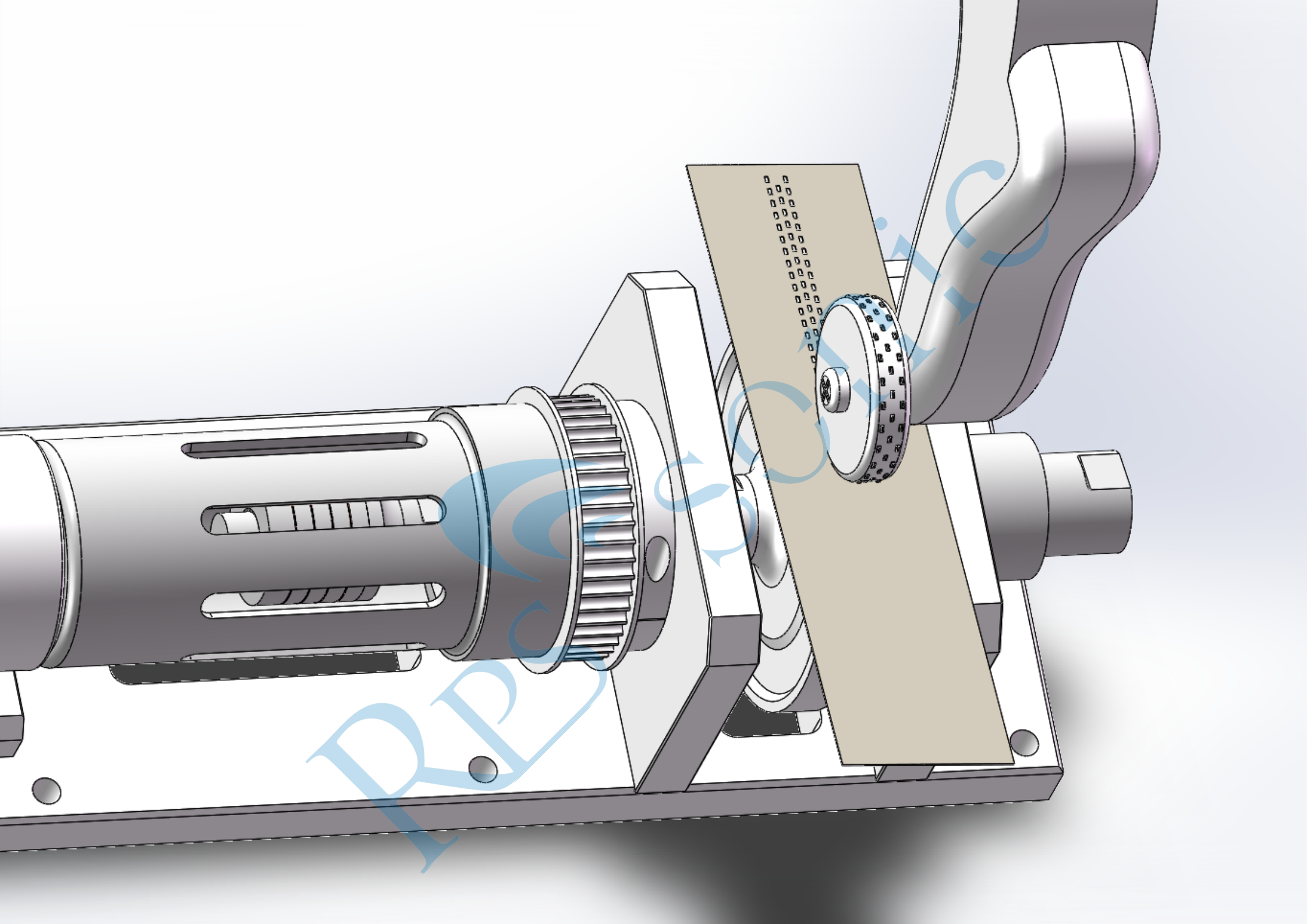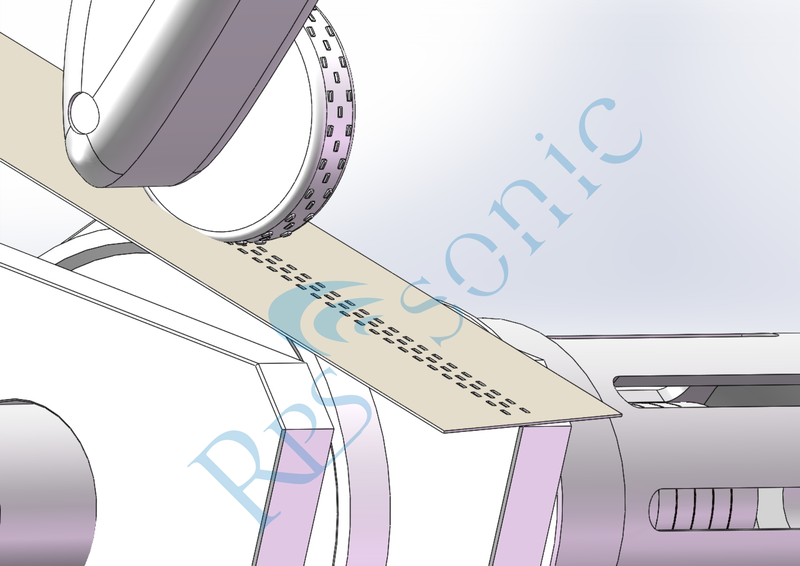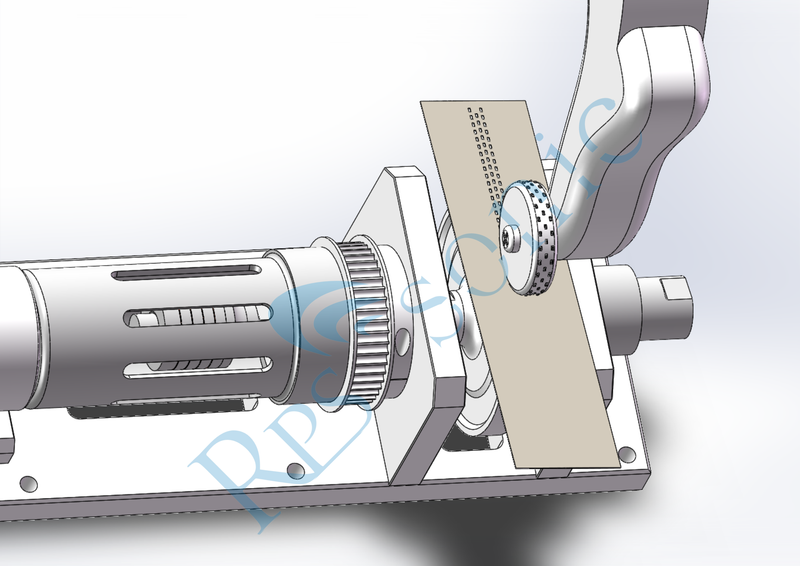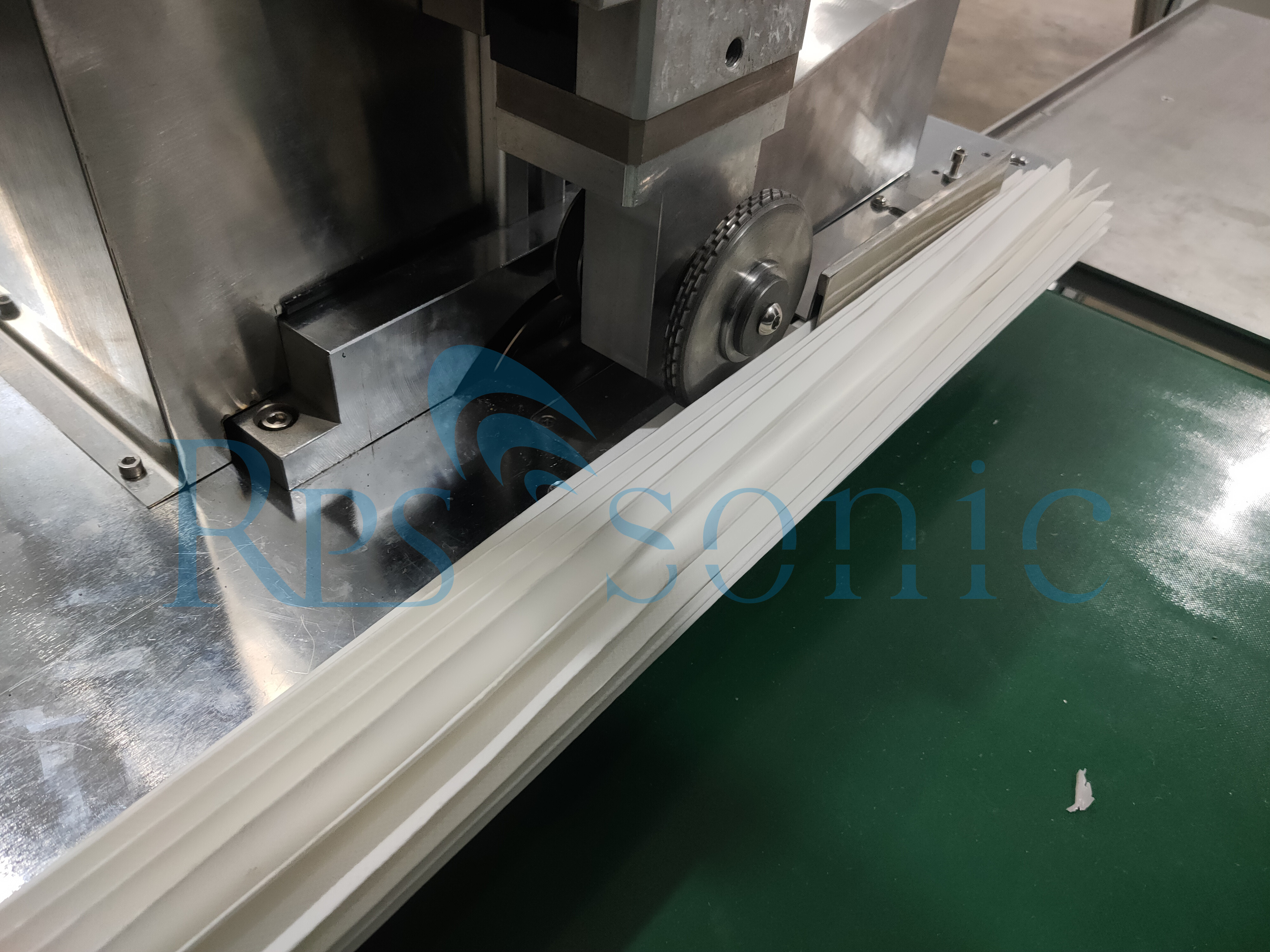Rps-sonic, consisted with a couple of young people who love ultrasonic very much.The founding members of RPS-SONIC have an average degree of Bachelor's degree or above. They have been in the ultrasonic industry for more than 5 years and have rich experience in ultrasound. The company's business philosophy is: Do not blindly promote any product, find the right product for the customer. So before each order, we will confirm all the details, including application details, equipment conditions, equipment specific information.
Before year 2012, we only sale second branson / dukane / rinco / herrman/telsonic welding equipment , during these twenty year develop, we find, more and more people have problem with the core part of ultrasonic welding equipment -generator and transducer, so we decided to start our business of transducer and generator of our own transducer and generator. Many of the end user meet the transducer problem, they don’t know why transducer broken, and changing the expensive transducer one by one. Actually, one branson /dukane /rinco transducer can use 10~30 year, even the cheapest transducer can use about 5 years. So there must some reasons if your transducer broken in one year. That’s why we want build Rps-sonic, we need to help more end user to know more about transducer , to use ultrasonic equipment better, to save cost when meet problem.
Unreasonable operation may shorter the use-life of ultrasonic generator. So we have to make technical inquiry before operate ultrasonic welding machine. The key point of ultrasonic machine is resonance, only keep every part in resonance can make the system in best work environment.
We are committed to developing a more stable ultrasonic generator, which minimizes the failure rate of the box and escorts your production process.
 English
English

